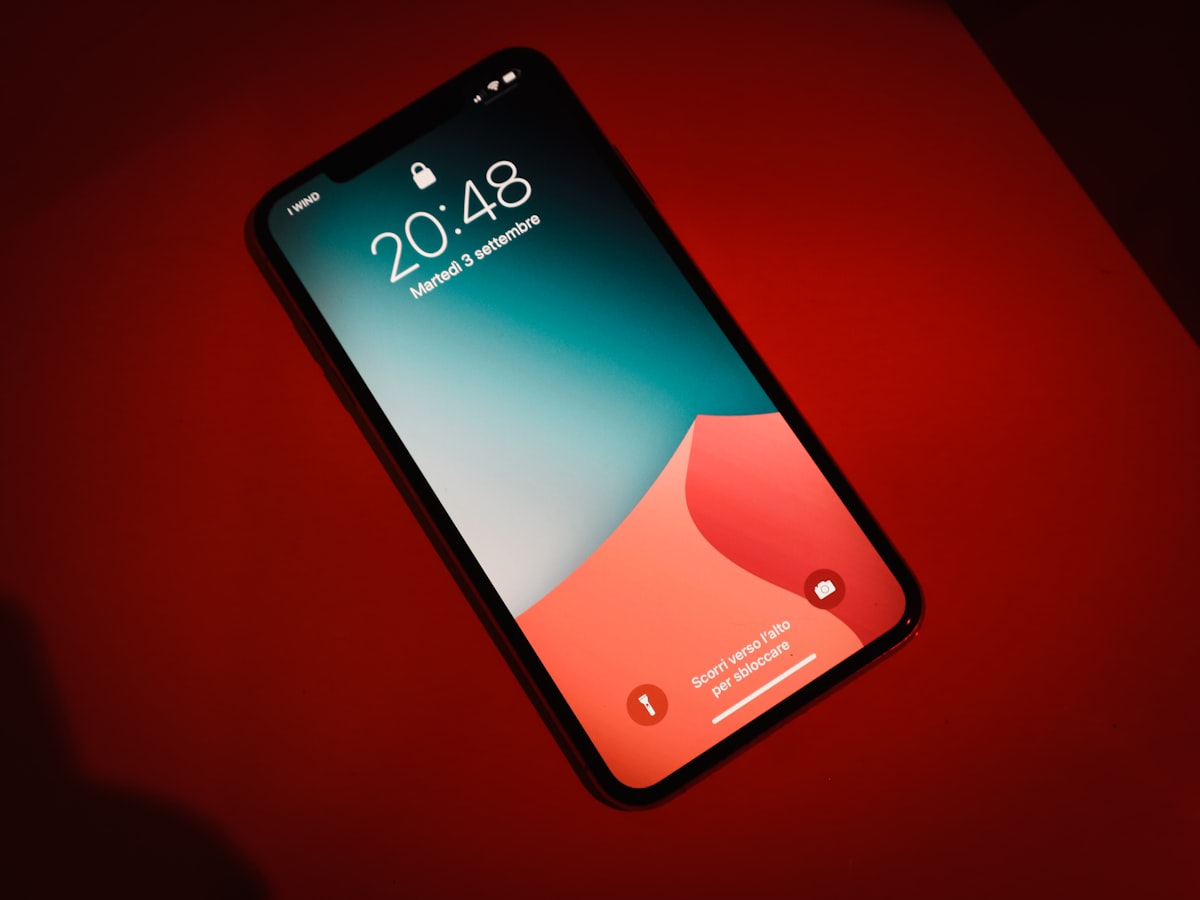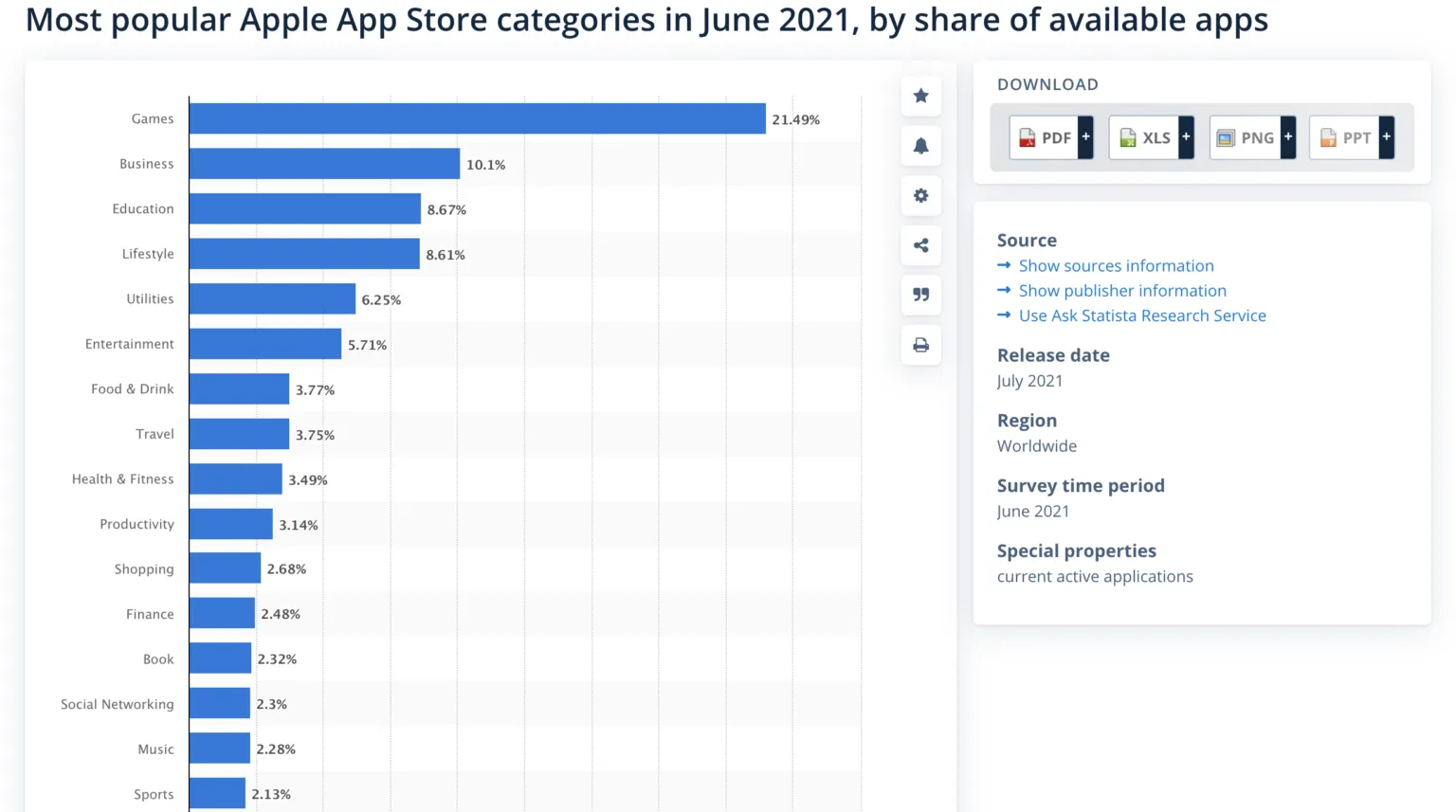Are Mobile Apps Easier Than Web Apps? - Finding Traction
Every week my cofounder and I brainstorm new features for our products, and in cases where we are not finding traction, we brainstorm completely new product ideas. SaaS web apps are our bread and butter, but we decided to branch out and try some new things this time around.

Every week my cofounder and I brainstorm new features for our products, and in cases where we are not finding traction, we brainstorm completely new product ideas. SaaS web apps are our bread and butter, but we decided to branch out and try some new things this time around.
I have been investigating different ecosystems and marketplaces to build products in, which I will cover in its own post, but a key takeaway is the strong potential of mobile apps. After coming up with a few ideas, and a simple build process, I pulled the trigger on building a couple of apps, for both Android and iOS. The core question we wanted to find out:
Is it easier to find success with a mobile app than it is with a web app?
What Looked Promising
The Stats
The first thing that drew me towards mobile apps was the size of the market and the possibility of naturally reaching a decent amount of users. Buildfire illustrates some of the key things:

- Approximately $1 Trillion in total revenue - obviously the market is huge
- Average smartphone owner uses 10+ apps a day
- 98% of revenue comes from free apps
- Dominated by games but still has a breadth of categories

Development
Developing a mobile app has never been easier (if you ignore Apple locking down its ecosystem so much). I am already writing React web apps every day so jumping into React Native and building a multi-platform app was trivial. Lumping in

and the whole process becomes incredibly easy. I can build in effectively the same way I already do, and then rely on Expo to bundle and submit packages for me.
Being able to use react native and Expo was make or break for me as I do not own a Macbook. With it, I can keep using the same IDE on my Windows computer and push changes to local emulators, or even a physical Android or Apple phone with ease.
Monetization Process
This was another key driver for us trying to build a mobile app. You can read in-depth about some of the different monetization strategies here

In our web-app world, we almost entirely stick to subscription-driven revenue and that comes with the challenges of having to build a lot of trust before a customer commits.
As an effort to try something new, we wanted to see how viable ad-driven revenue was and mobile apps are the best place for it. The thinking here is as long as you build something with immediate use, even for a short time, you can gain some revenue.
Marketing
The final, and maybe most important, driver of wanting to try building mobile apps was the marketing. We run a marketing agency and build marketing-specific tools so there is a strong want to do something that is specifically not marketing!
The impression I was getting was that because of the built in app stores, you get some serious deliverability for free, all without complicated marketing. Now of course marketing would still make a big difference like with any product, but by doing something as simple as posting an app in a store you can gain some initial users.
What Did Not Look Promising
Low Profit
This point alone can blow all of the pros right out of the water. Yes it is possible to make millions, but it it is incredibly difficult to do that without a lot of resources. The big players make up the majority of the $1 Trillion revenue mentioned above, not small teams and solo entrepreneurs.
I would say it is easier to make a few hundred dollars but much harder to make thousands or more. I almost always recommend targeting B2B projects over B2C but the app stores are strongly positioned towards B2C. You are better off doing something like creating an agency if your sights are sustainably higher profit:

Highly Saturated
Wow there are a lot of apps...
The Apple store has over 1.96 million apps and Google has over 2.67 million. It is hard to be unique in this space, but luckily I don't think you need to be.
Early Results - FODMAP Coach
The Idea
The ideation process was a test in of itself. We were setting out to prove that uniqueness wasn't that important and really that the idea did not have to be that strong. One of the first ones we landed on was FODMAP Coach, which you can check out here:

Simply, it is an app to help people who need to try out the FODMAP diet.
The Process
As mentioned in the pros above, the development process was very straightforward. Using react native and expo for the first time it took only a few days to have a production ready app to submit to both the Google Play store and Apple store.
The first iteration was very simple and was effectively a localized database of 500 ingredients and 500 products, nothing fancy. One of the key things I focused on was making sure it looked good. Even with a simple understanding of the B2C space I knew it was important that the app itself looked good, as well as the app store listing:
By having adequate to above average design, I was able to create an app in a space with a dozen other apps, and still get traction with zero marketing.

Ads
Ads ending up being pretty straightforward. About half way through the above timeline I added them using a simple react package to see what would happen. The two biggest worries being it would either be pointless or it would actively send users away.

The quick answer is that neither of those came true. We made $0.68 (🍻) and our installs have not slowed down at all. We were very curious about all of the published stats on eCPM that can be found on the internet and where we would fall on the typical $1-10 spectrum. Fluctuation around $2 has made sense because we are running only banner ads, the cheapest type of ad.
The story here is that mobile app ads are a legitimate way to make revenue, and I would say even easier than I expected.
Android & Apple
Because I built in react native and expo I was hoping that there would be no true differentation between the two platforms. Each store setup process was similar enough, with Apple's being a bit easier and less intensive. But the biggest differentiator is the app review process.
Google's is easy and takes only hours. I got approved on the first try and have for each and every update.
Apple keeps rejecting FODMAP Coach for generic reasons that are impossible to pin down, but effectively boil down to "Not enough features that only apps can do". This is especially annoying because somehow all kinds of clearly useless apps have been accepted. A second app I created, Simply Sudoku, got accepted immediately because it is a game which I guess bypasses that requirement...
Key Takeaways
- Uniqueness with your ideas is not necessary but you still need to stand out in some way
- Advertising money is much much easier than doing the same thing with a blog
- Apple is stricter and the review process is more involved
- Developing multi-platform apps has never been easier
- Despite being saturated, building mobile apps is still viable


